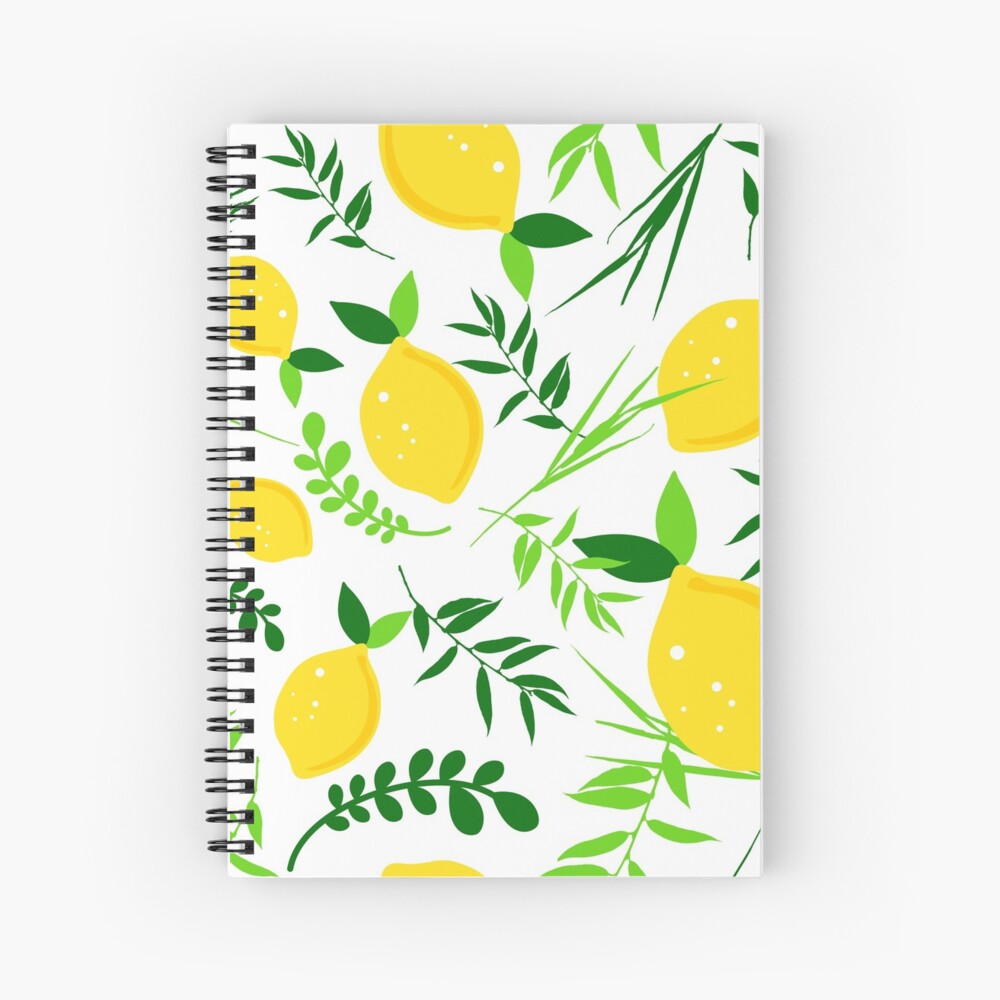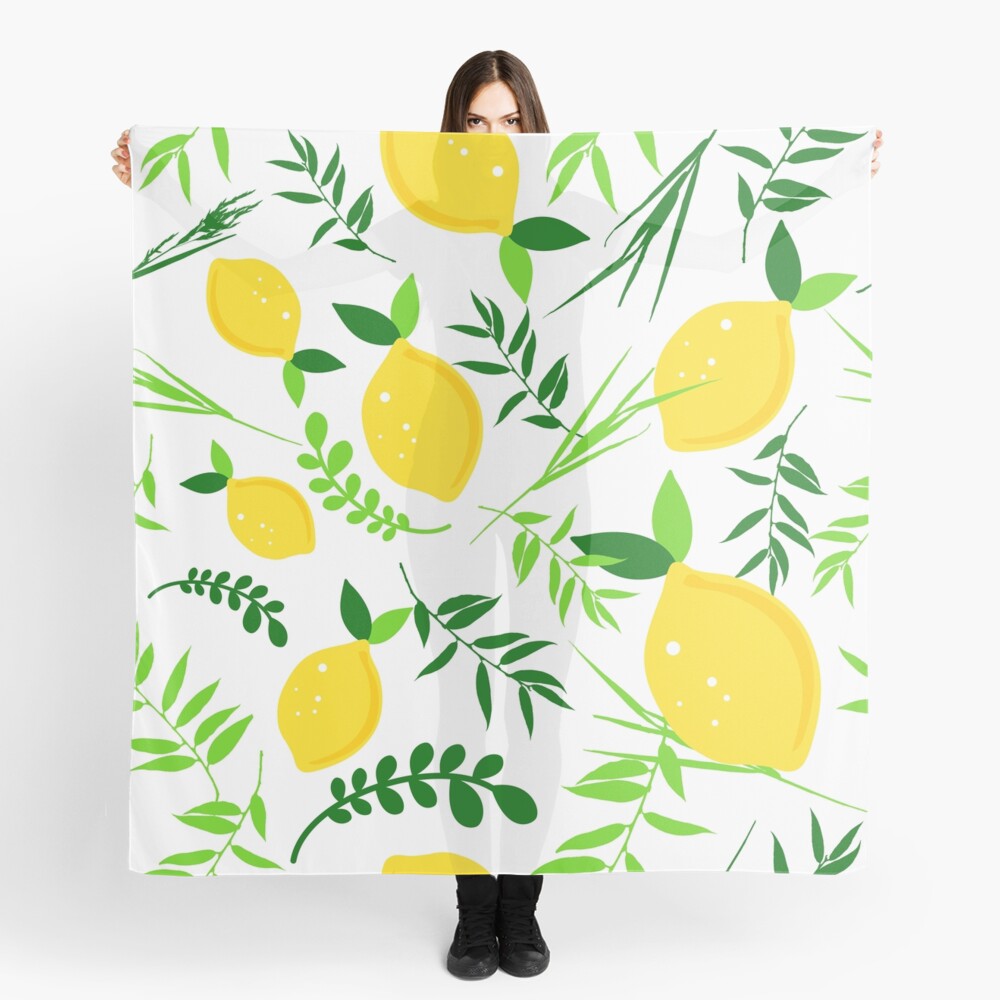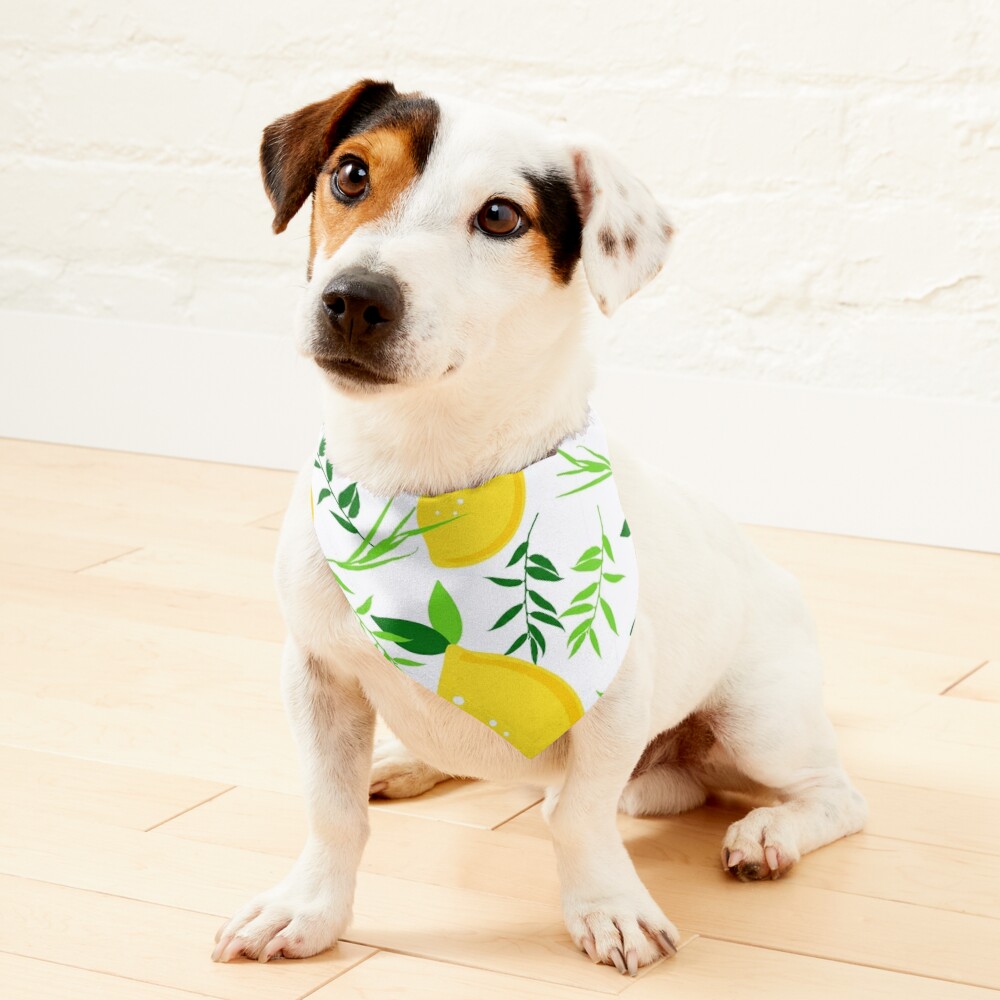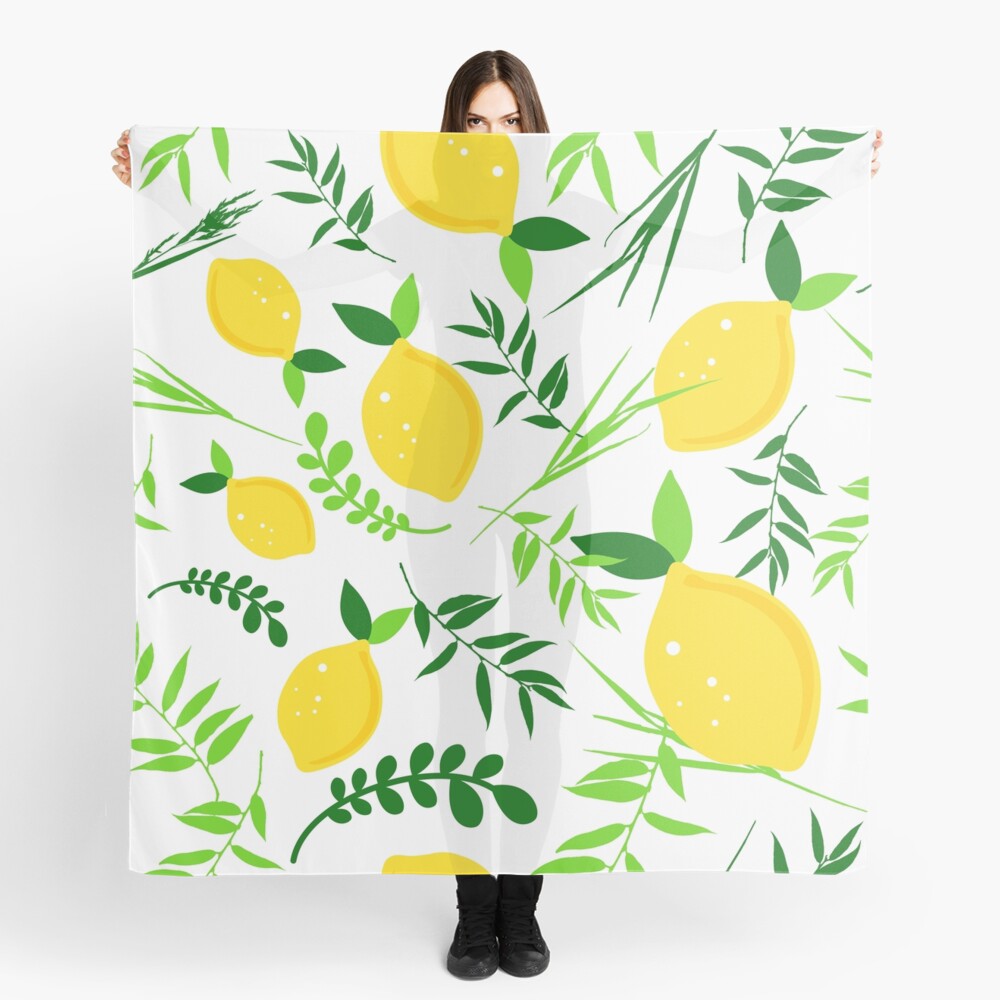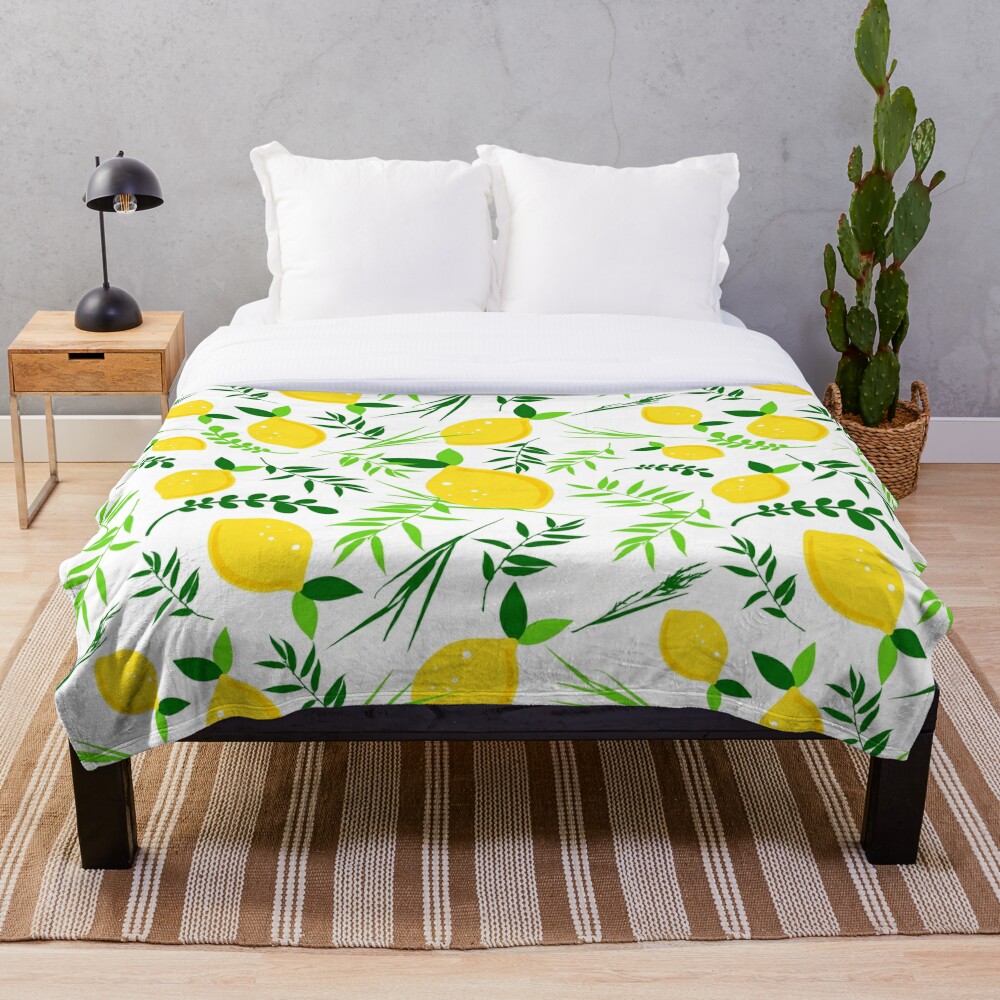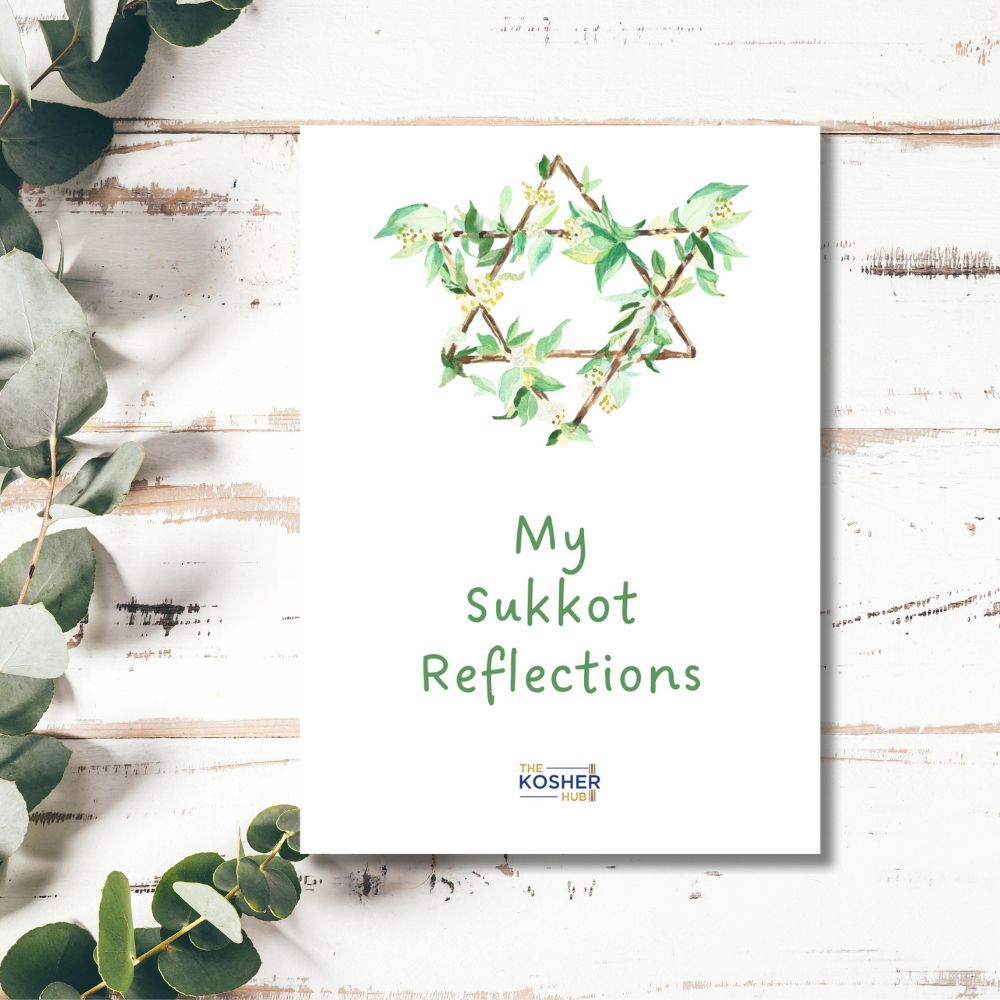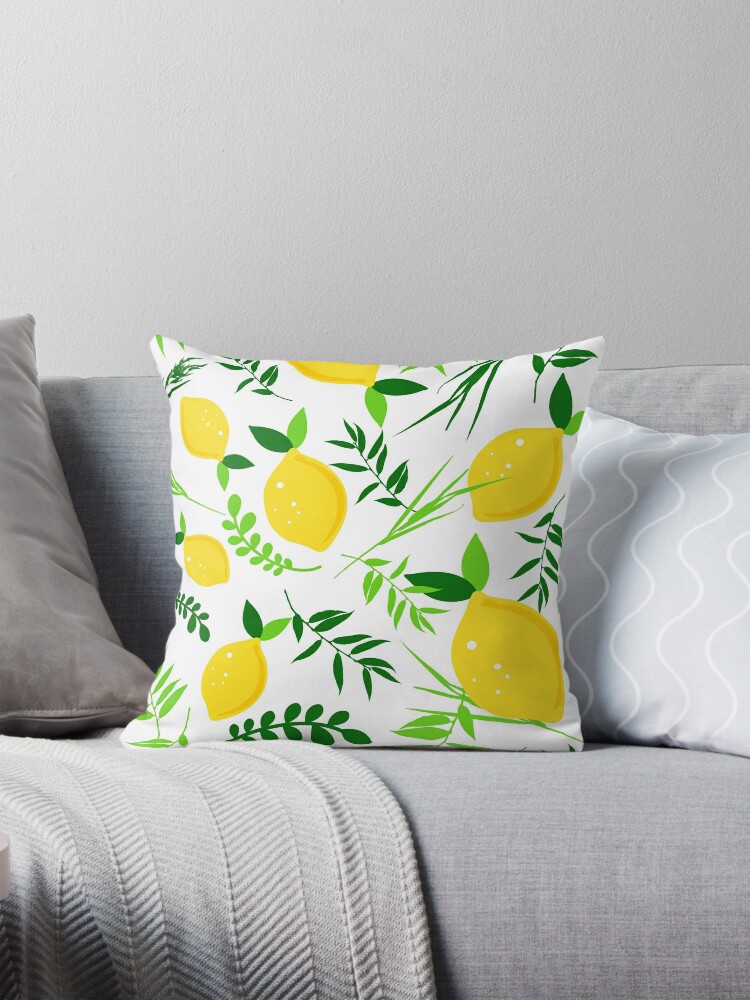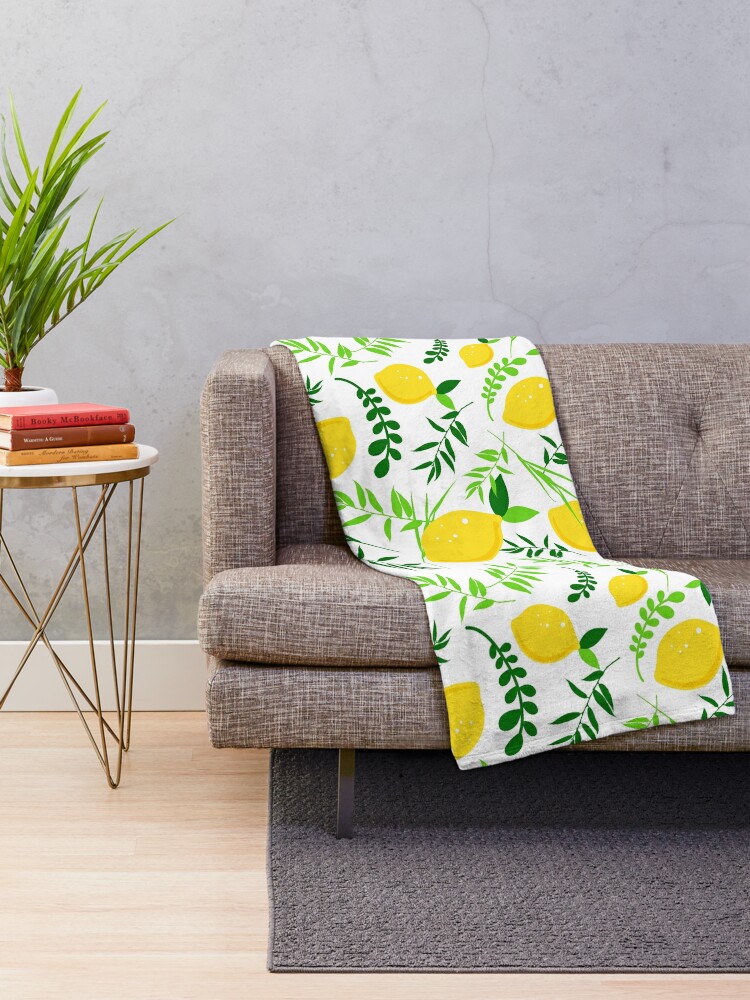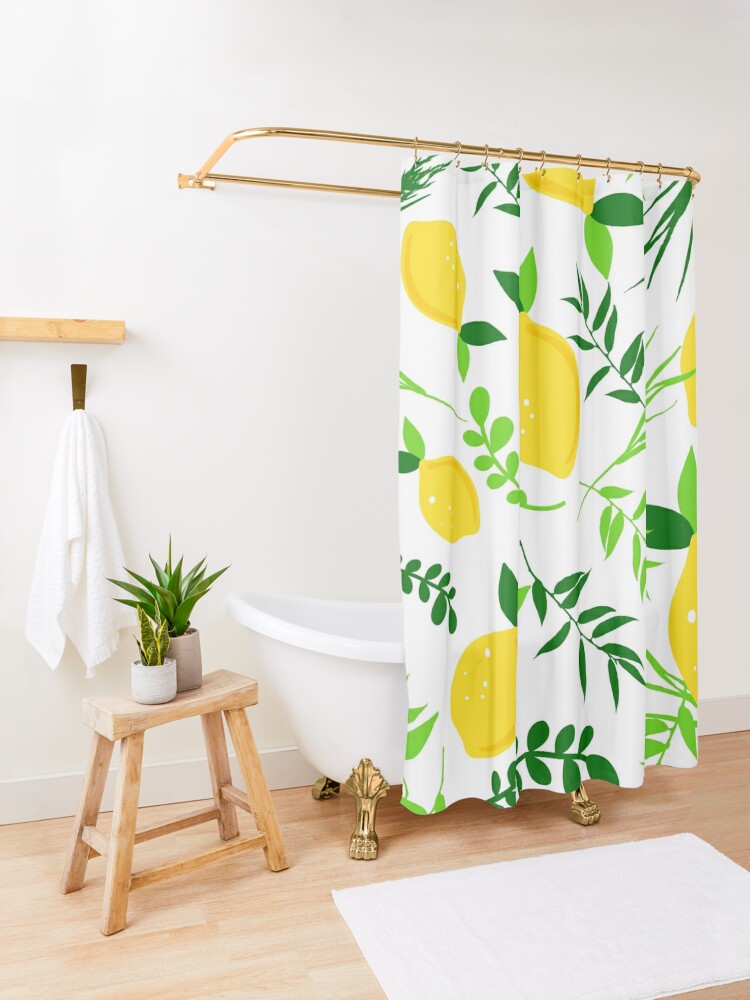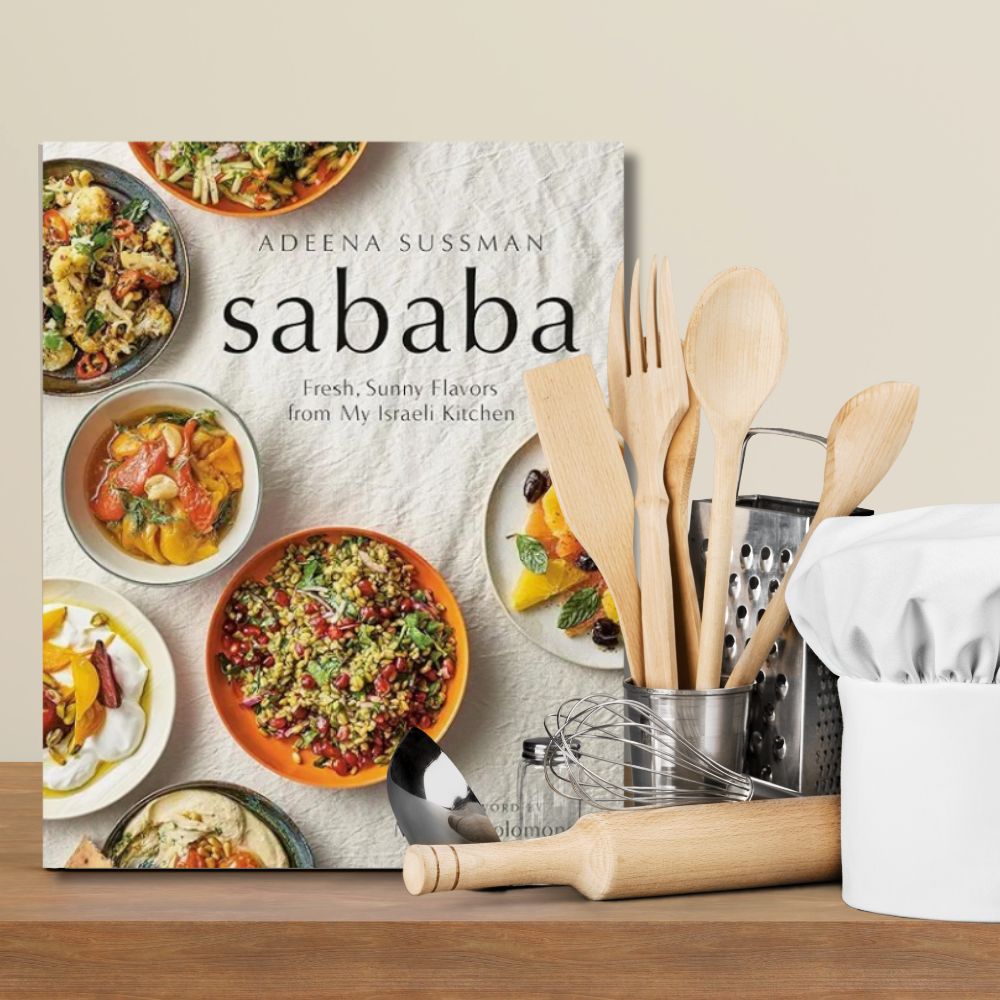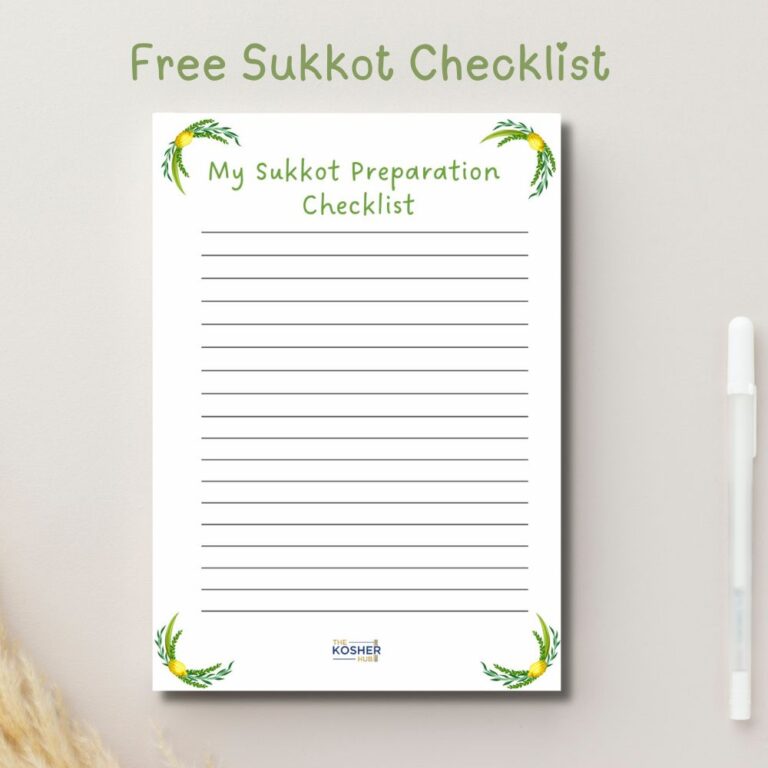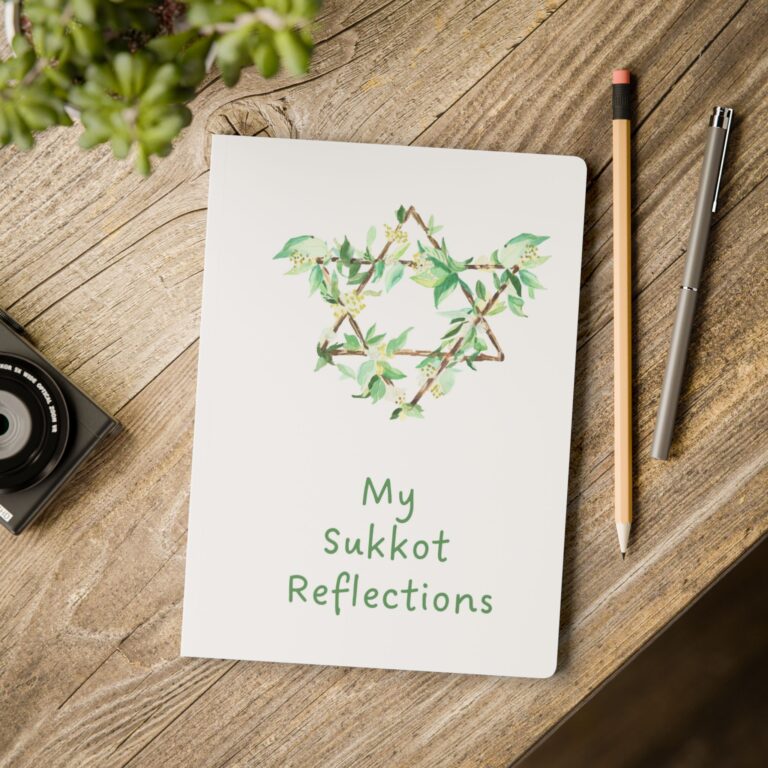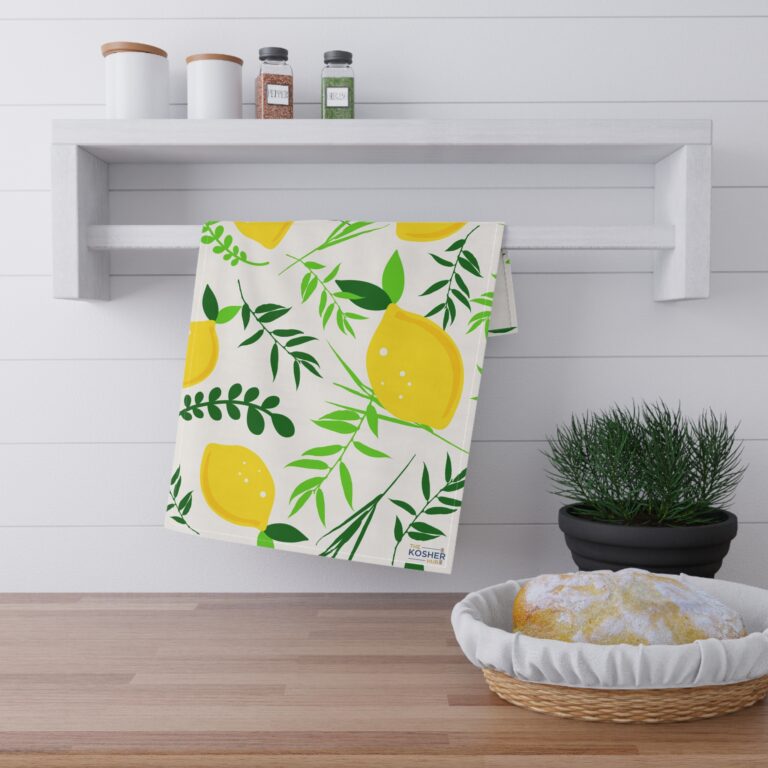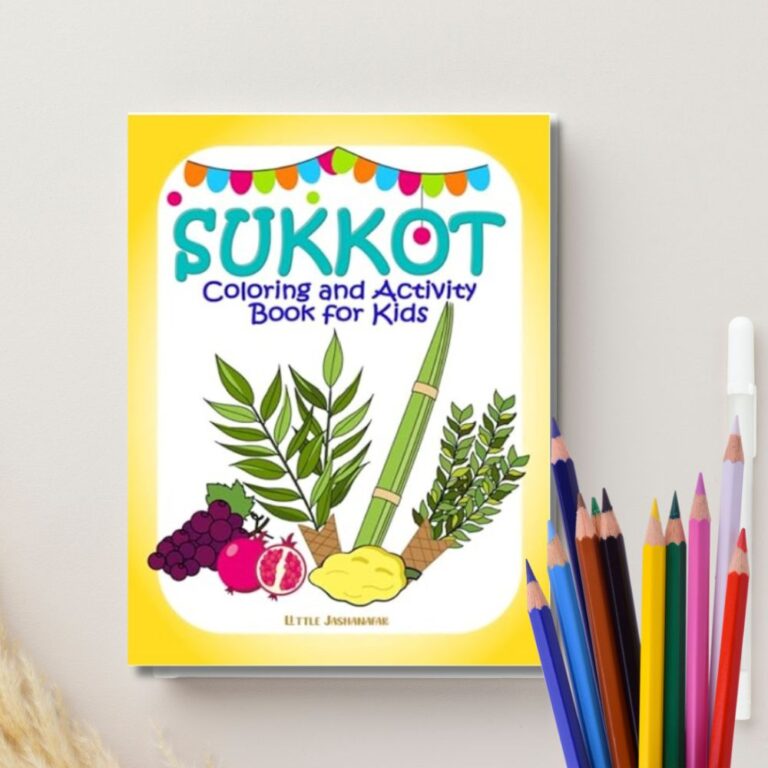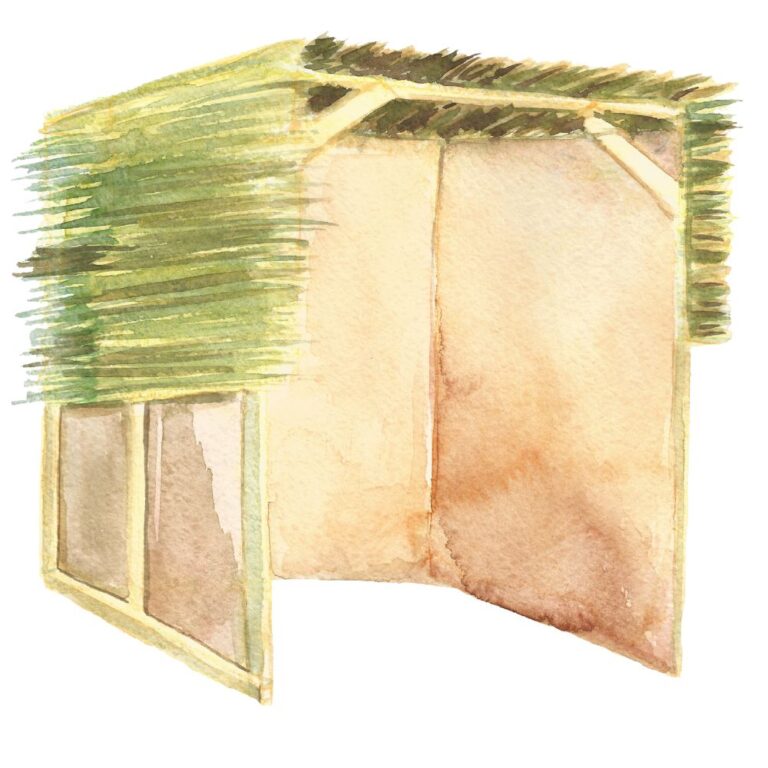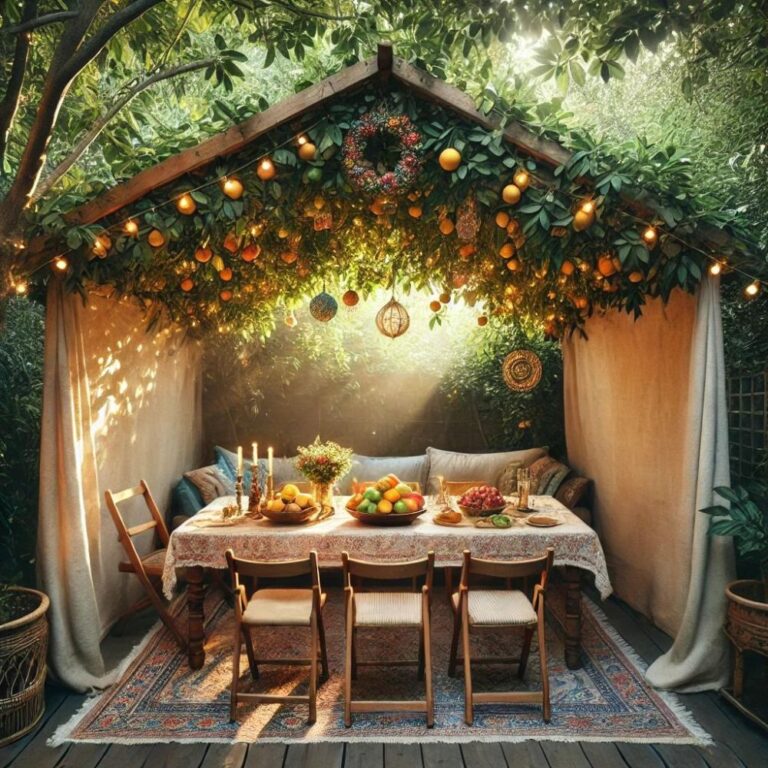Table of Contents
How to Build a Kosher Sukkah in 20 Steps
Building a sukkah, or a temporary hut, for Sukkot is a mitzvah (commandment) that follows certain guidelines based on Jewish law (halacha). Here’s a step-by-step guide to building a sukkah that meets kosher standards:
Step 1: Know the Purpose
– The sukkah symbolizes the temporary shelters used by the Israelites during their journey through the desert. It is also a reminder of God’s protection. A sukkah is used for eating, sleeping, and spending time during the holiday.
Step 2: Choose a Location
– The sukkah should be built outdoors, under the open sky. It cannot be placed under a tree, overhang, or balcony, as the schach (roof covering) must be open to the sky.
Step 3: Check for a Level Surface
– Ensure the sukkah is built on a flat, level surface to prevent instability. The ground can be grass, concrete, or any solid surface, but it should not have obstructions that prevent the construction.
Step 4: Determine the Minimum Size
– The sukkah must be large enough to fit at least one table and the majority of a person sitting with their head, body, and most of their body inside. The minimum halachic size is roughly 70 cm by 70 cm (about 28 inches by 28 inches).
Step 5: Plan the Height
– The sukkah should be at least 10 tefachim (about 40 inches) tall, but not taller than 20 amot (about 30 feet). Anything lower or higher may invalidate the sukkah.
Step 6: Build the Walls First
– Construct the sukkah with at least three full or partial walls. The walls should be solid and secure, able to withstand normal wind. Canvas, wood, or any material is acceptable as long as they don’t sway too much in the wind.
Step 7: Ensure Kosher Wall Height
– The walls must be at least 10 tefachim high (about 40 inches), but you can build higher if desired. However, the walls should not have large gaps, so if you’re using slats or lattice, ensure the gaps don’t exceed 9 inches.
Step 8: Align the Walls Properly
– The walls can be arranged in a U-shape or even an L-shape with a small piece as a third wall. At least two full walls and part of a third wall are required according to halacha.
Step 9: Prepare the Schach (Roof Covering)
– Schach must come from plant material that is detached from the ground (like bamboo, palm branches, or wooden slats) and must be unprocessed. It should provide more shade than sunlight but still allow some visibility of the sky.
Step 10: Schach Requirements
– The schach cannot be made from anything that is susceptible to ritual impurity (like food, metal, or fabric). It also cannot be attached to anything growing (like live trees).
Step 11: Schach Placement
– Lay the schach loosely over the sukkah’s walls, ensuring it’s secure but not so tightly woven that rain can’t get through. It should be placed manually (not fastened) by someone with the intention to use it as a roof.
Step 12: Use Kosher Fasteners
– The walls can be fastened using nails, screws, or string, but the schach should not be secured too tightly with nails or screws as it needs to be temporary and removable.
Step 13: Make Sure the Schach is Thick Enough
– The schach must provide more shade than sun during the day but still allow a view of the stars at night. The ideal coverage should be about 50% to 80%.
Step 14: No Roof Inside
– The sukkah should not have any permanent roofs or canopies inside, like umbrellas or awnings, even as additional covering under the schach.
Step 15: Decoration Guidelines
– Decorate the sukkah with items that are not considered part of the schach. You can use paper chains, posters, fruit, or flowers, but these should hang down no lower than 4 tefachim (about 32 inches) from the roof to avoid invalidating the schach.
Step 16: Make the Entrance Accessible
– Leave at least one open side or doorway to enter and exit easily. The entrance doesn’t need a door but should be wide enough to fit comfortably.
Step 17: Set Up a Table
– Place a table and chairs in the sukkah for meals, as the mitzvah of eating in the sukkah is central to the holiday. The space should be large enough to sit and eat comfortably.
Step 18: Lighting the Sukkah
– You can place electric lights inside the sukkah, as long as they do not interfere with the schach or hang too low. Candles should be used outside the sukkah for safety.
Step 19: Keep It Kosher Throughout
– The sukkah must remain kosher during the entire festival. If any part of the sukkah (like the schach) falls off or is damaged by weather, it must be repaired immediately to remain usable.
Step 20: Enjoy the Sukkah!
– Once the sukkah is complete, you are ready to dwell in it! Eat your meals inside, and if possible, sleep there as well. Spending time in the sukkah fulfills the mitzvah of dwelling in it throughout the festival of Sukkot.
By following these steps, you’ll ensure that your sukkah is built according to halachic guidelines, allowing you to fully enjoy the spiritual and festive aspects of Sukkot.
*Please note The Kosher Hub is not a religious authority – please consult your Rabbi or Chabad for further and more indepth information*
3 Samples of Sukkah's
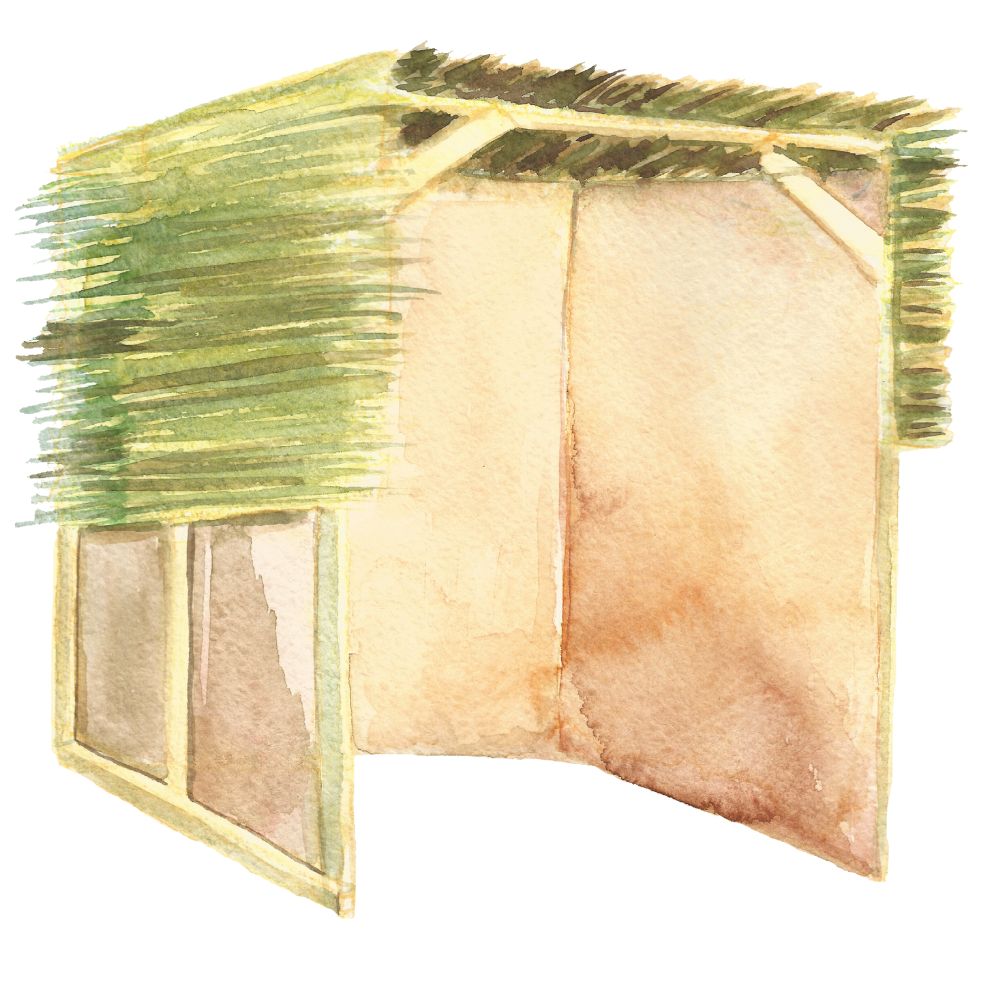

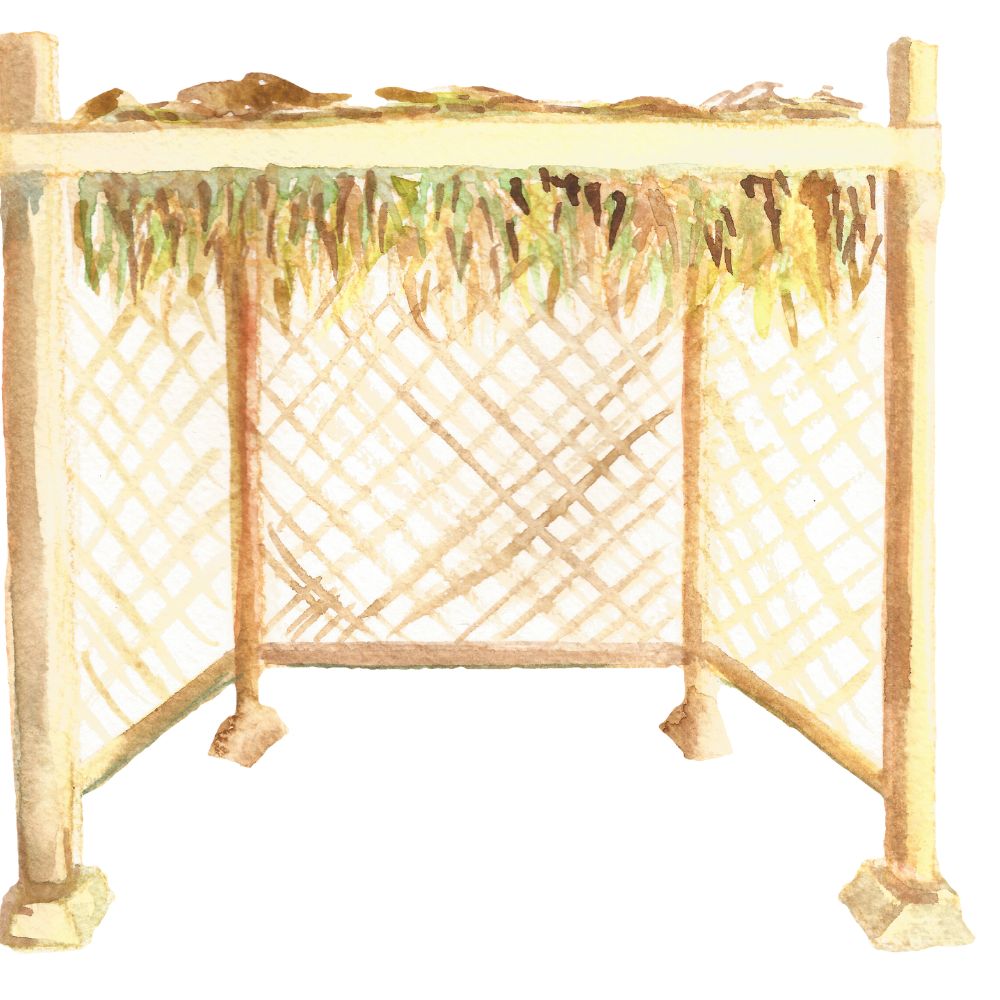

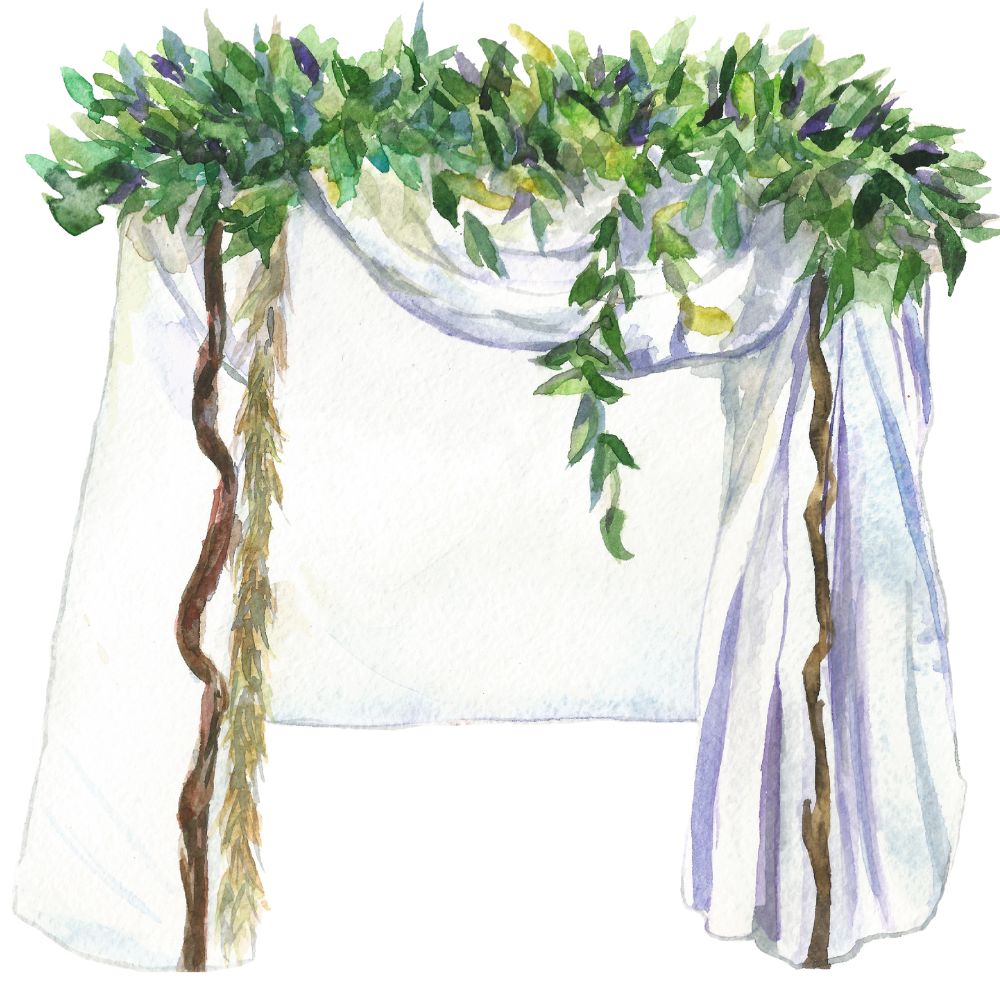

Get into the Spirit of Sukkot!
Video on How to Build a Sukkah
Equipment needed to Build Sukkah Tent/Hut/Booth
Building a sukkah can be quite simple or more elaborate, depending on the space and design. Here’s a list of essential equipment and materials you’ll need to build a sukkah:
1. Walls
– Wooden planks or panels: For building sturdy walls.
– PVC pipes: Lightweight and easy to assemble for the frame.
– Canvas or fabric: Often used for portable or temporary sukkahs; it can be tied to the frame.
– Metal or plastic connectors: To join wooden panels or PVC pipes securely.
2. Roof (Schach)
– Schach materials: The roof must be made of natural, unprocessed materials like:
– Palm branches
– Bamboo mats (pre-certified kosher for sukkahs)
– Tree branches or reeds
– Corn stalks
– Thin wooden slats
– Schach mats: Ready-made mats available in kosher-certified sukkah kits.
– Roof support beams: Wooden or metal poles to hold the schach in place securely.
3. Frame Structure
– Metal or wooden poles: Used to create the frame for the walls and roof.
– Brackets and screws: To securely fasten poles and walls together.
– Zip ties or string: To tie or hold parts together (especially with PVC or fabric walls).
4. Flooring (Optional)
– Outdoor mat: A simple mat or rug for comfort, especially if the sukkah is on concrete or another hard surface. See The Kosher Hub’s Personalized Sukkah Welcome Mat HERE
– Wooden decking panels: Can be used for a raised floor if needed, depending on the surface
5. Decorations
– Hooks or clips: To hang decorations like posters, paper chains, or lights.
– Fairy lights or lanterns: For nighttime use; battery-powered lights work well in areas without access to electricity.
– Plastic fruit or real fruit: Commonly used to decorate the inside of the sukkah.
6. Tools
– Measuring tape: To ensure the sukkah meets halachic requirements for size.
– Hammer or mallet: If you’re using wooden structures or nails.
– Drill and screws: For a more permanent or sturdy sukkah.
– Saw: If you need to cut wood to size.
– Screwdriver: To assemble the walls and frame securely.
7. Additional Supplies
– Sukkah kit: Pre-fabricated sukkah kits come with all the necessary materials, including walls, a roof, and instructions, making it much easier.
– Sandbags or weights: To weigh down the structure if it’s windy, especially for lighter or temporary sukkahs.




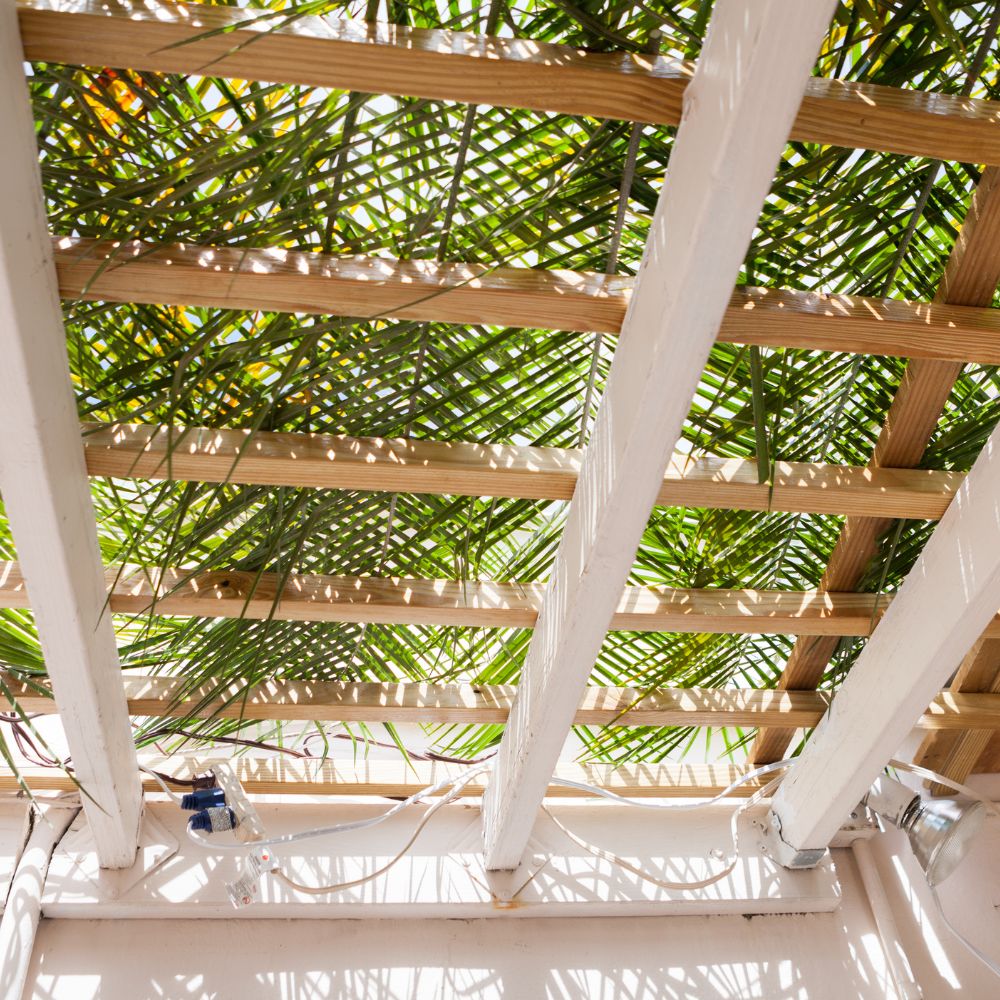

Key Considerations:
– Schach must be removable: The roof should not be fixed permanently, and it must allow sunlight and rain to come through.
– Sturdy construction: Depending on local weather conditions (e.g., wind), the sukkah should be built with stability in mind.
With these materials and equipment, you’ll be able to build a sukkah that adheres to halachic guidelines and suits your space.
Our Range of Iconic Sukkot products
Sukkot...a time for reflection
Sukkot Decor
FREE JEWISH WALL CALENDAR 2025/5785
The Kosher Hub has designed a beautifully iconic Jewish Calendar with all the important holidays for this coming year that you can download for FREE.




